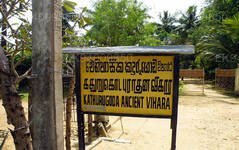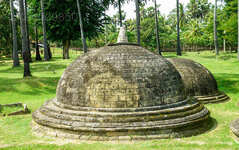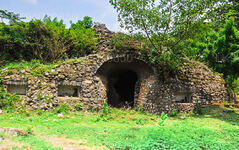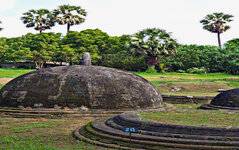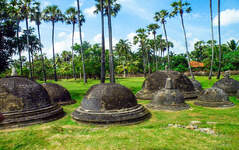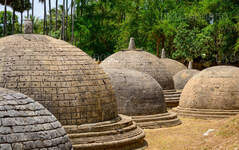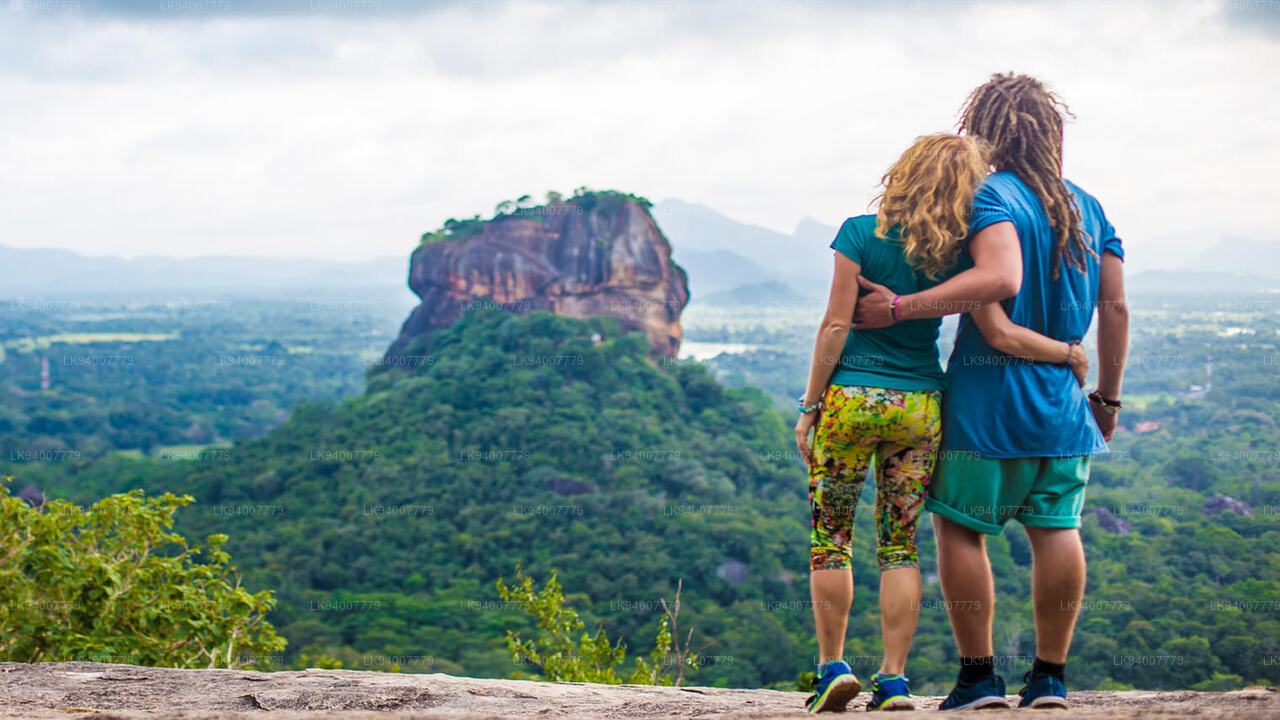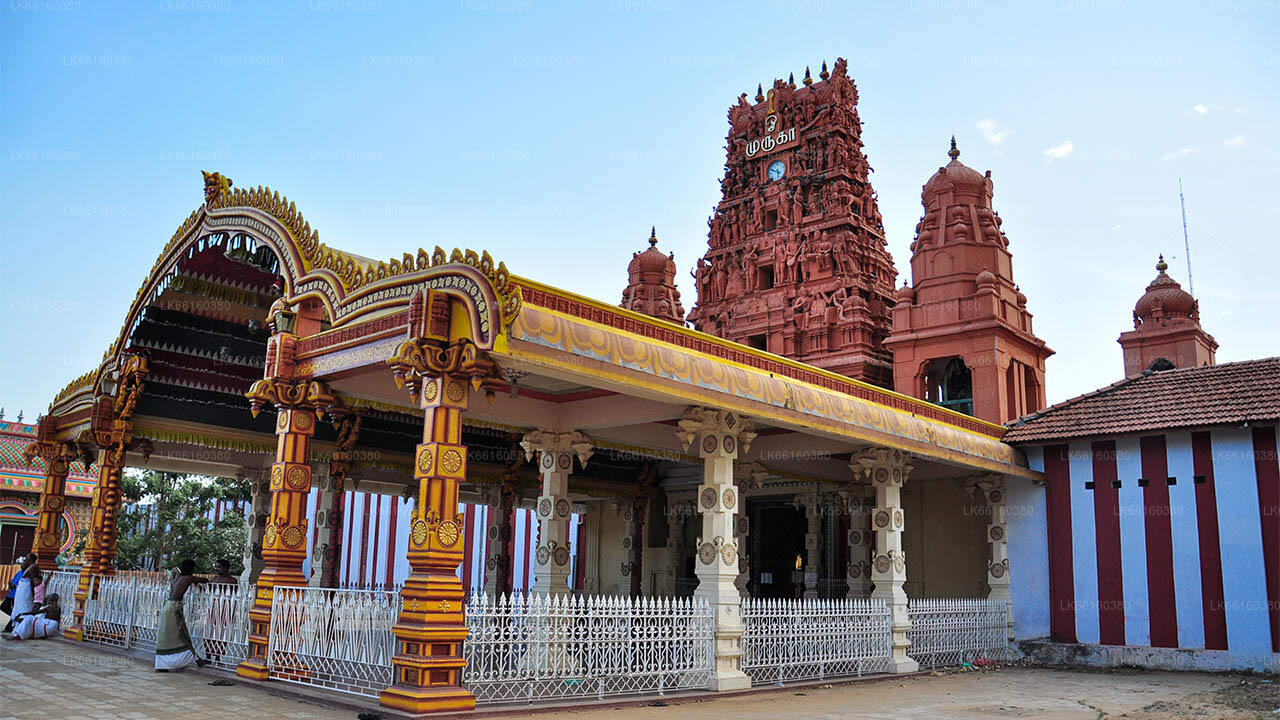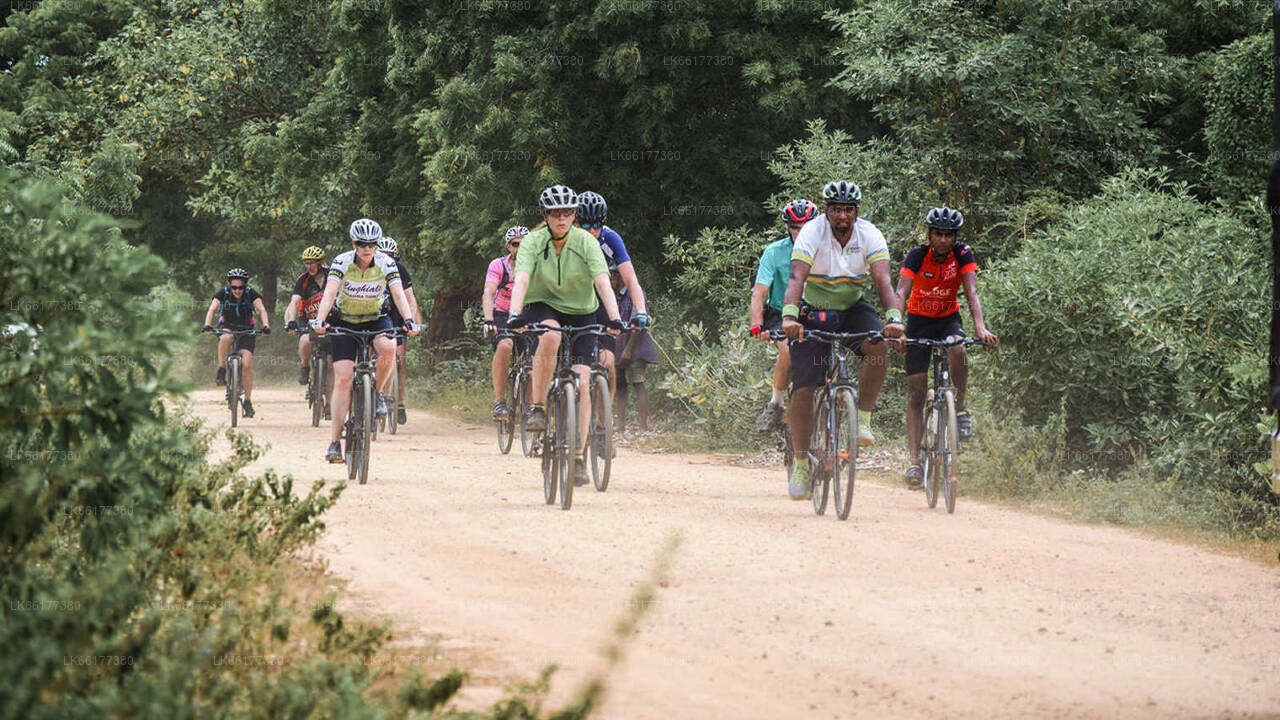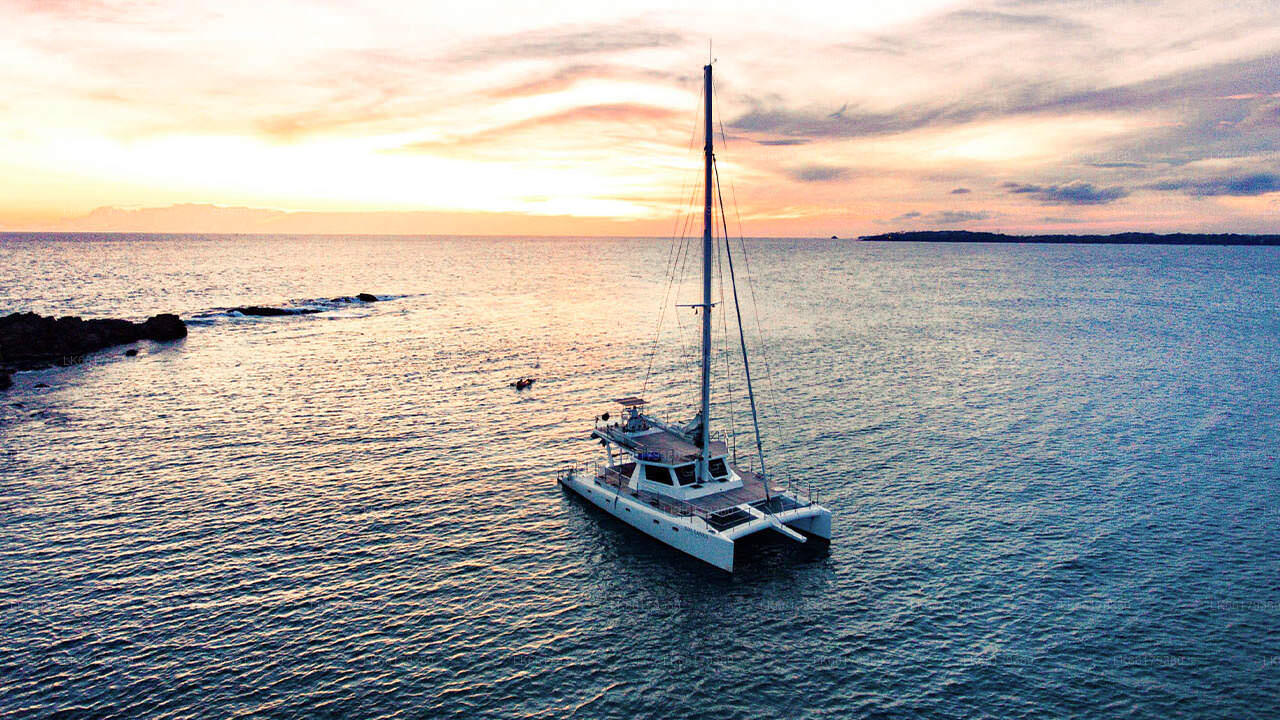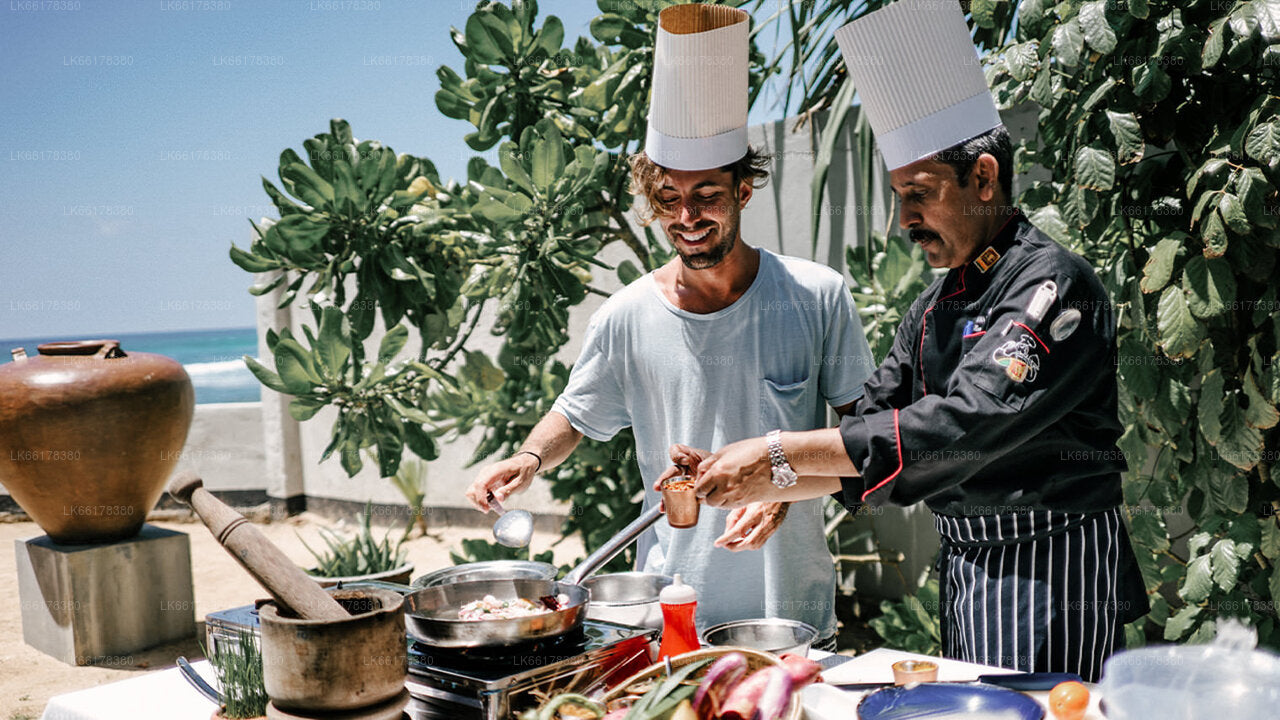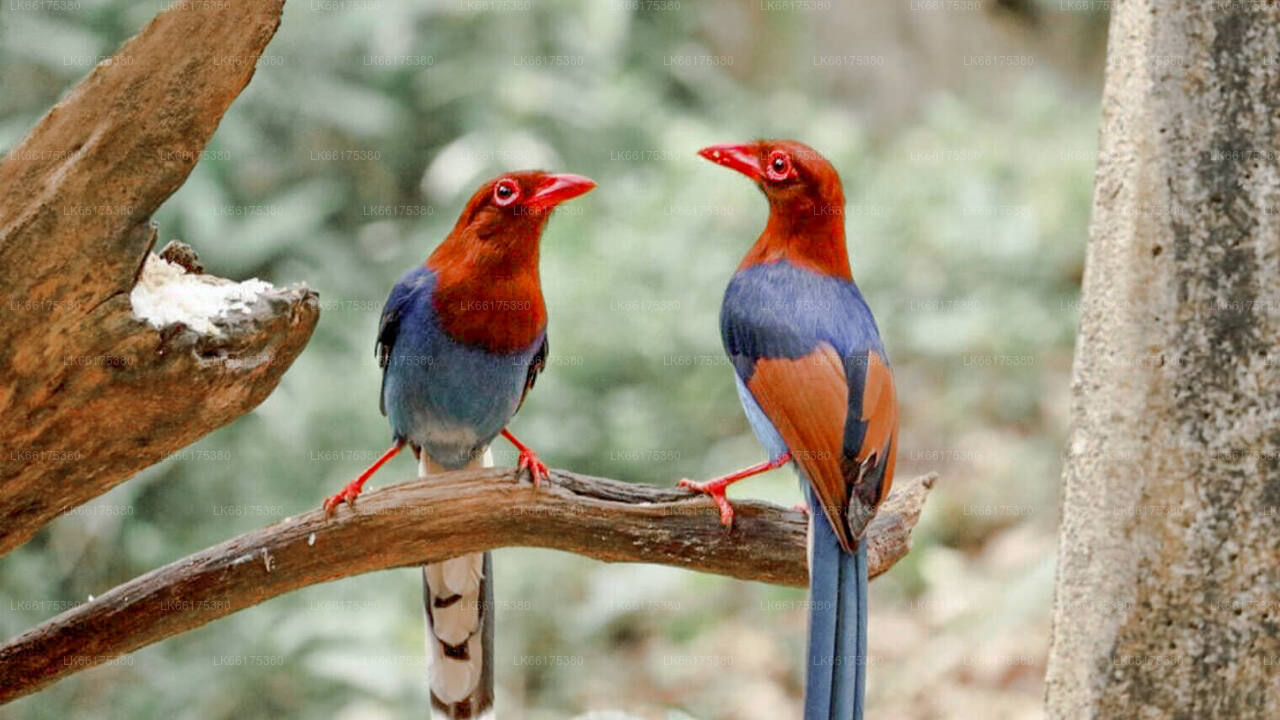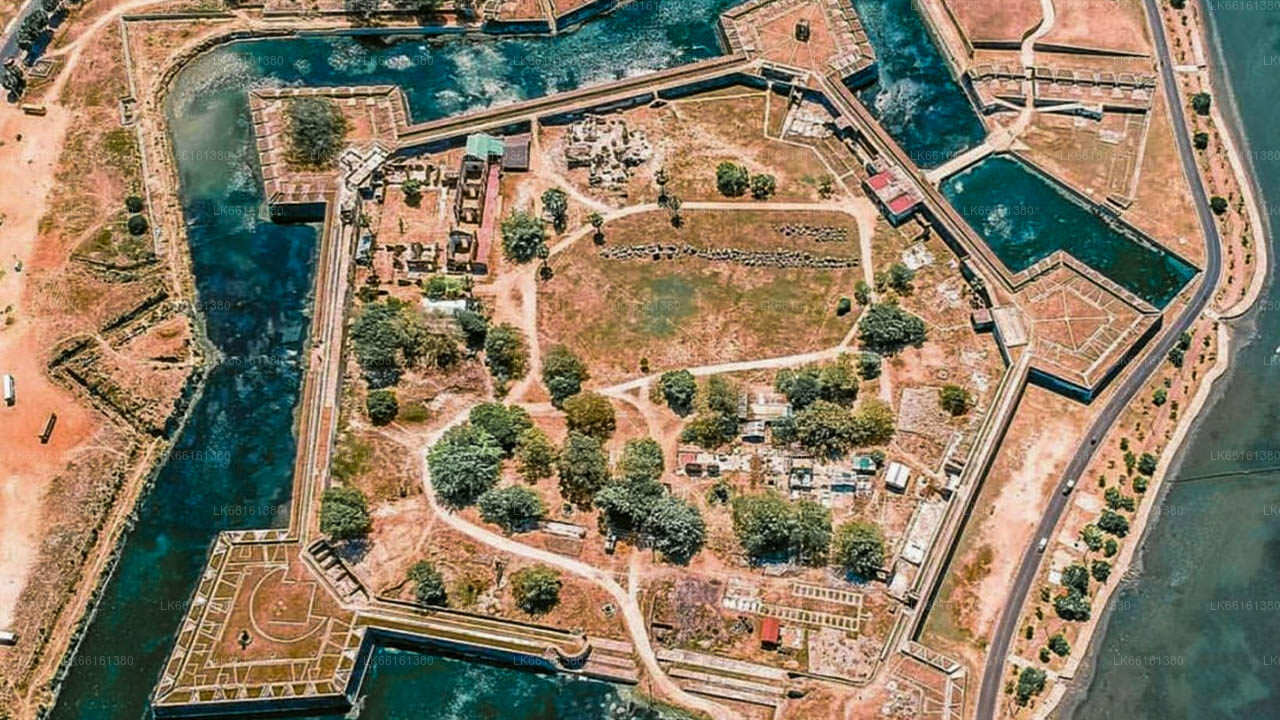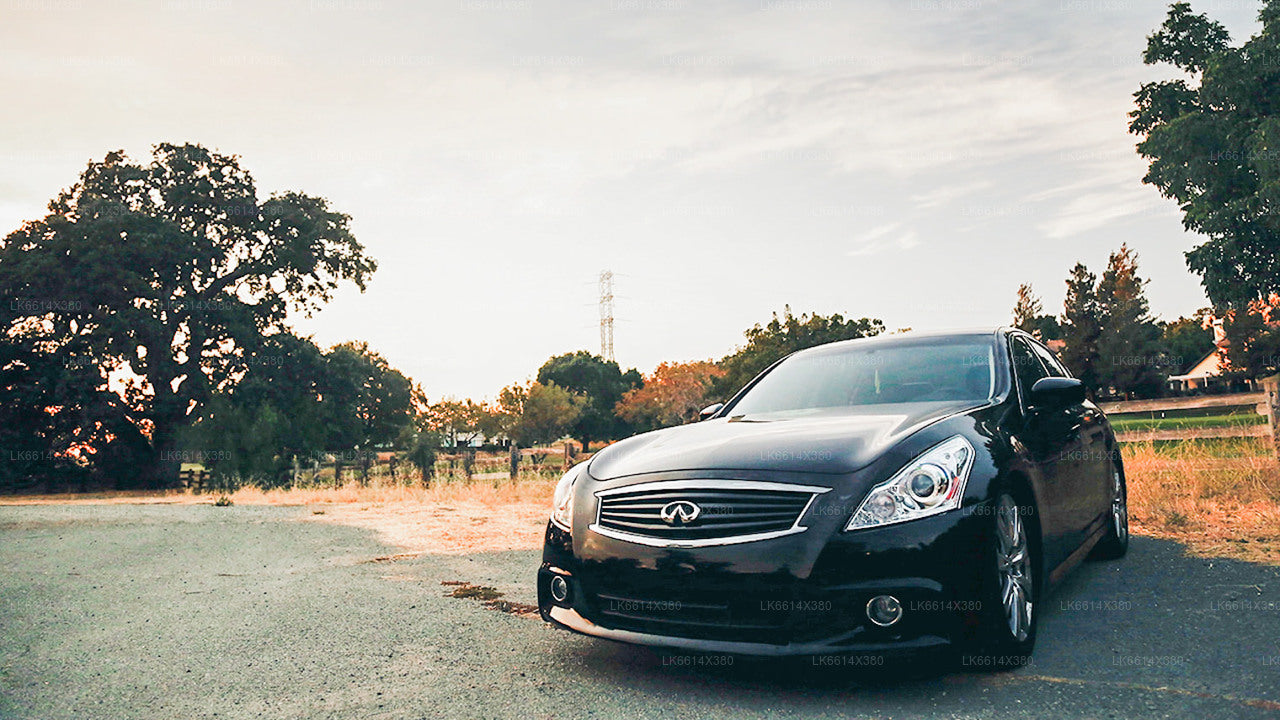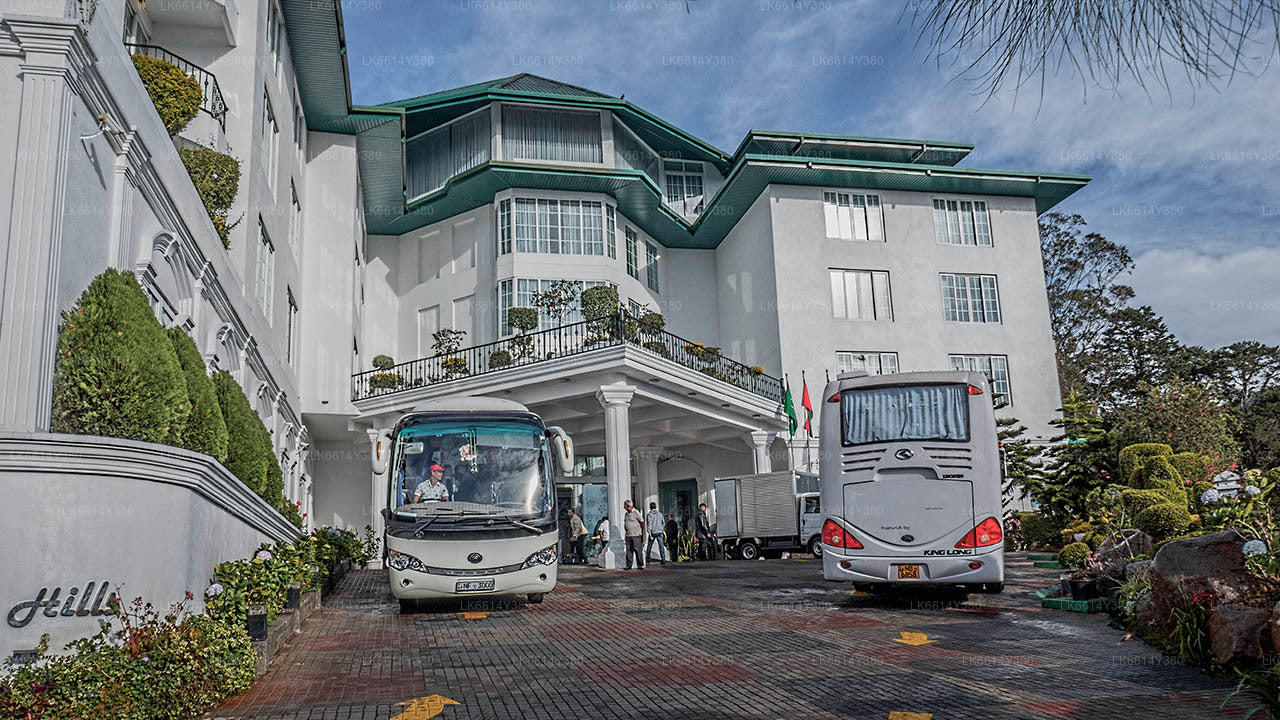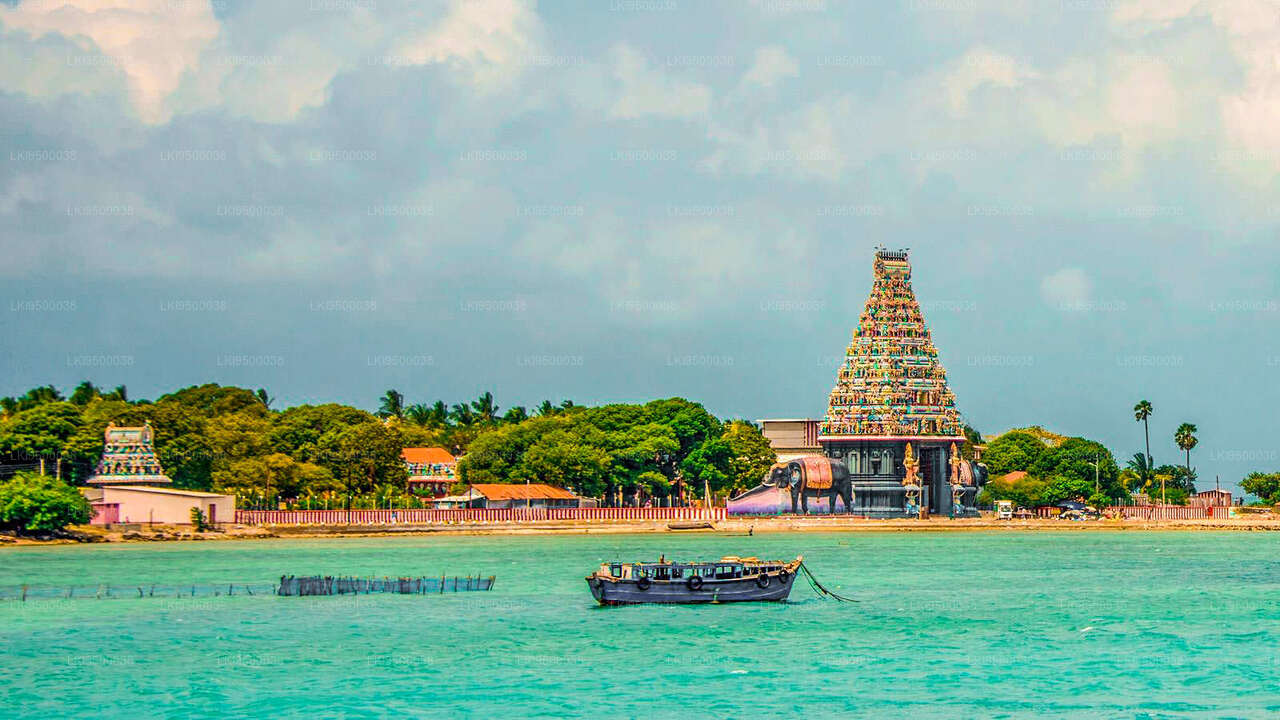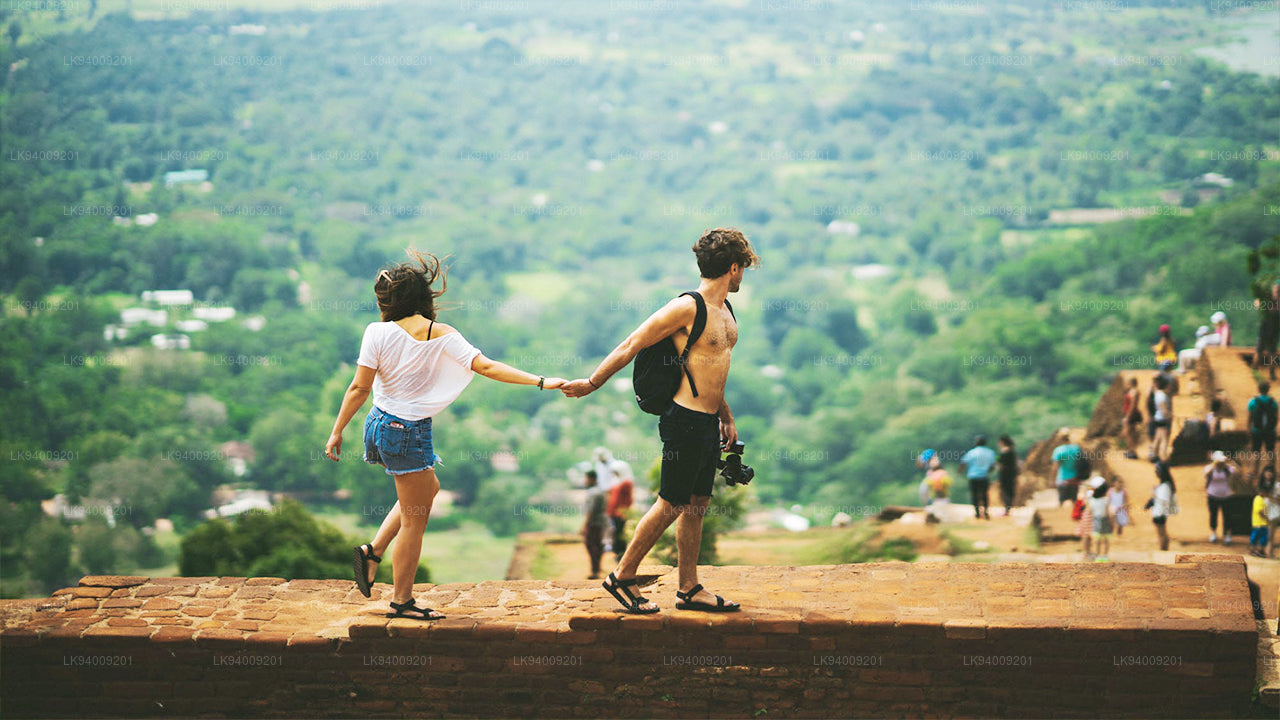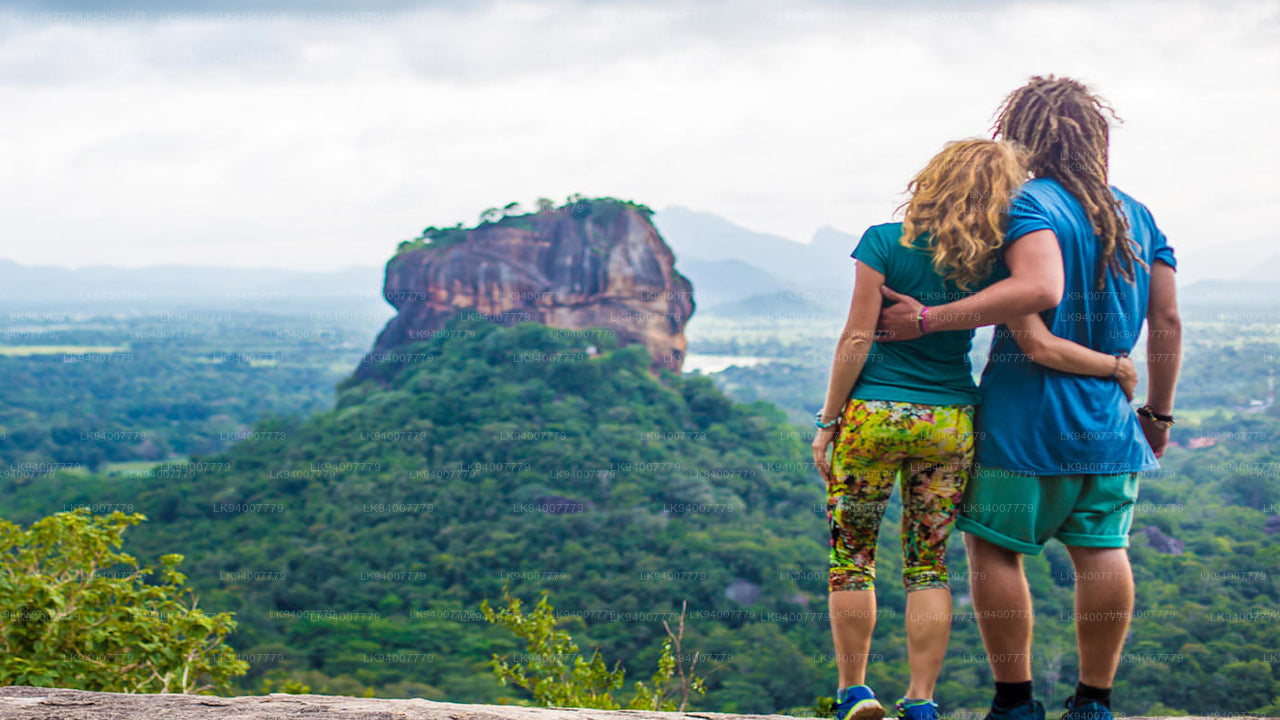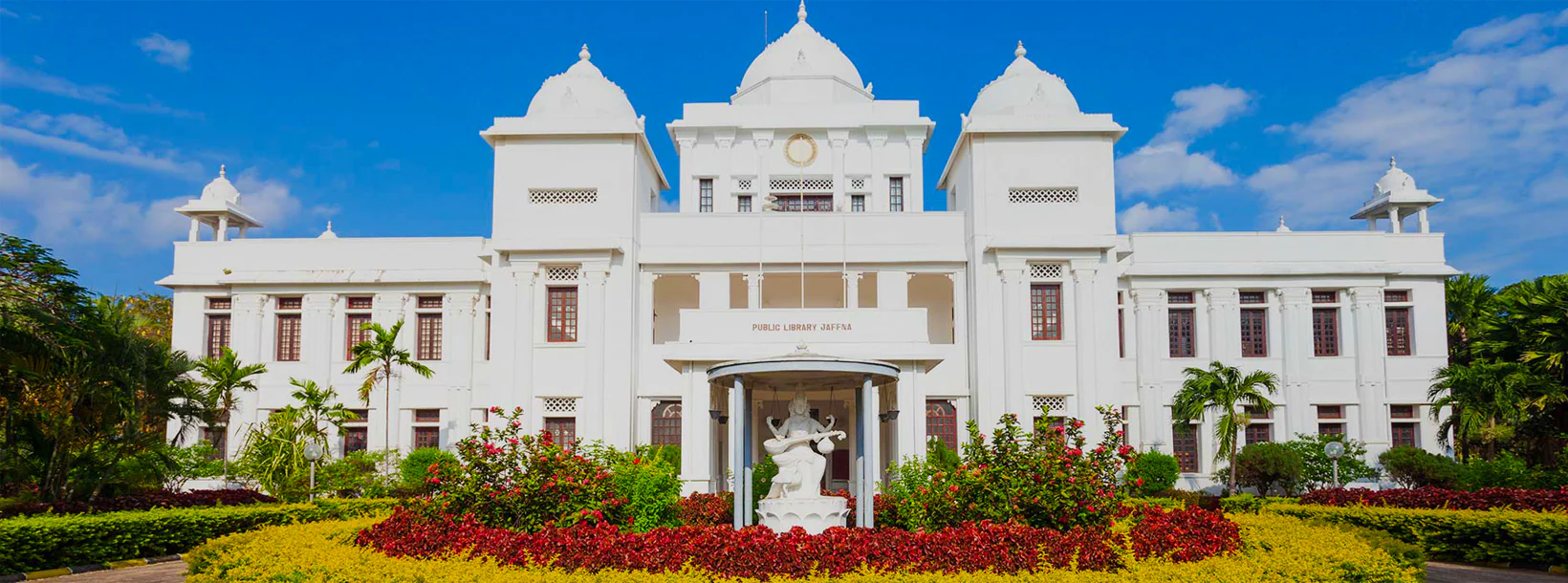
Jaffna City
Jaffna is the main city of Jaffna peninsula in the northernmost district of Sri Lanka. Comfortable intercity busses from Colombo take 10-12 hours to reach the city of Jaffna.
Kadurugoda Viharaya
Among the Buddhist places in Yapa Pattana (Jaffna) Kadurugoda Viharaya or Kantarodai holds an important place in Sri Lanka’s history. This temple is located on the Hunugama (Chunnakam) – Minipe (Manipai) road about 02 KMs from Hunugama. The first archaeological excavation on the site was reported to have been done by Paul. E. Pieris in 1917 and 1919. He found remains of a shrine room, several Buddha images, coins, about 60 small and large Stupas Dagaba pieces of pinnacles of Stupas, pieces of stone with imprints of the Buddha’s foot and tiles from the site.
A head and a headless body of a Buddha image are also among the many artefacts found. According to the historical chronicles Nagadipa is the place where Buddha made his second visit to Sri Lanka. The famous sermon he preached to Chulodara and Mahodara over their dispute was made at this Kadurugoda area. The exact place where Buddha made his sermon is called Rajyathana Chetiya (Stupa) located in Kadurugoda. The place became a venerated place among people after the Buddha’s visit and subsequently a Bo-tree was planted. (Rajayathanan is the Pali word for Bo-tree) H.W. Codrington in his book ‘Coins and Currency in Ceylon’ (1924) has mentioned that number of coins found in the vicinity of the Kadurugoda Viharaya while Mudliyar C. R. Rasanayagam in his book ‘Ancient Jaffna’ (1926) mentions that there were ruins of an ancient Buddhist temple in Kadurugoda. The archaeological excavation site in Kadurugoda was known among the local people as “Kayangana”. This is the Tamilized version of the Sinhala word Gayangana. This may be the old name used by Sinhalese as Buddha came to Sri Lanka from Gaya Rata.
A piece of a Black-Red pot with letters belonging to the pre-historic period was found in Kadurugoda area. Similar pieces of Black-Red pots with letters were found from Gedige area in Anuradhapura too. Both pieces found in Kadurugoda and Gedige had old Sinhala Brahmi letters with Sinhala names. References to this temple are also found in the Nam Potha written in Kandyan Period.
Ven. S. Dhammika, an erudite Australian Buddhist monk who has written many books on Buddhist places in Asia mentions about Kadurugoda ruins in his book ‘Sacred Island’ as follows:
” In the early 20th century there were still numerous Buddhist remains in the Jaffna Peninsula but these now have nearly all disappeared due to neglect, pilfering or deliberate destruction due to political reasons. One place where extensive Buddhist ruins can still be seen is at Kantarodai a little to north of Jaffna. On the side of a grove of lovely palm trees is a collection of Stupas and mounds, the remains of ancient buildings. There are now 20 complete Stupas but judging by the numerous pinnacles 4 in the Jaffna Museum which were picked up in the area there were once many more. The largest stupa is about 23 feet in diameter and the smallest about 6 feet. The base of each stupa is made of coral stone moulded into four bands and the domes are made of coral rubble coated with plaster fashioned to look like blocks of stone.
The hamakas and spires are made of stone, sometimes a single piece sometimes of two pieces with the pinnacle fitting into a hole in the hamika. Archaeological investigations done at Kantarodai in 1966-7 found that the site was inhabited from about the 2nd century BCE to about the 13th century CE. When P.E. Pieris came here in 1917 he found several Buddha images. He also noted that locals were regularly removing stones from the site to use for building purposes”.
And also an existence of an institution that belonged to the Abhayagiri Sect in Anuradhapura era in Yapa Pattana (Jaffna) confirms with the finding of a part of an inscription found in Kadurugoda area. Prof. Sirimal Ranawella confirms that it belonged to King IV Dappula (10th Century) period.
More ruins of Buddhist temples from Yapa Pattana (Jaffna)
Ruins of Buddhist temples have been found in Hunugama (Chunnakam), Kodiyawatta (Koddiyathottam), Malalagama (Mallakam), Mahiyapiti (Mahiyappitti), Puralali (Palalai) and Uduwila (Uduwil) too. Ruins belonging to Dagobas have been found in Delft Island (Develdoova) as well.
Ven. S. Dhammika says “At Chunnakam there was the extensive ruins of a stupa and monastery and several large Buddha images but these have all disappeared now”.
Kayts (Uratota) Islands also give important evidences: the Sinhala word Uratota is referred in Tamil as Uratturai in Naiyantheeve inscription of Parakramabahu the Great. References are found about Uratota in ancient chronicles such as Pujawaliya, Rajawaliya and Nikaya Sangrahaya. Chulavansa, a Pali chronicle refers this as Sookarathiththa.
These evidences prove the existence of Sinhalese Buddhist civilization in the entire northern region and also that the people lived in Yapa Pattana (Jaffna) were not a group of immigrants but the descendents of the Sinhalese from the pre-historic era.
About Jaffna District
Jaffna is the capital city of the Northern Province, Sri Lanka. 85% of the populations of the Jaffna and Kilinochchi districts are Hindus. The Hindus follow the Saivite tradition. The remainders are largely Roman Catholics or Protestants, some of whom are descendants of colonial settlers, known as Burghers. The Tamils are divided along caste lines, with the farmer-caste Vellalar forming the majority. Sea products, red onion, and tobacco are the main products in Jaffna.
Jaffna is home to beautiful Hindu temples. An Old Dutch Fort still stands well preserved within which is an old Church. Another example of Dutch architecture is the King's House. No visit to Jaffna is complete without tasting the exquisite Jaffna mango, reputed for its sweetness. About 3 km away is the majestic Nallur Kandaswamy Temple, home to the largest religious festival in Jaffna. The Kayts Harbour is an ancient ship docking site in the Jaffna region.
About Northern Province
The Northern Province is one of the 9 provinces of Sri Lanka. The provinces have existed since the 19th century but they didn't have any legal status until 1987 when the 13th Amendment to the 1978 Constitution of Sri Lanka established provincial councils. Between 1988 and 2006 the province was temporarily merged with the Eastern Province to form the North-East Province. The capital of the province is Jaffna.
Northern Province is located in the north of Sri Lanka and is just 22 miles (35 km) from India. The province is surrounded by the Gulf of Mannar and Palk Bay to the west, Palk Strait to the north, the Bay of Bengal to the east and the Eastern, North Central and North Western provinces to the south.The province has a number of lagoons, the largest being Jaffna Lagoon, Nanthi Kadal, Chundikkulam Lagoon, Vadamarachchi Lagoon, Uppu Aru Lagoon, Kokkilai lagoon, Nai Aru Lagoon and Chalai Lagoon.Most of the islands around Sri Lanka are to be found to the west of the Northern Province. The largest islands are: Kayts, Neduntivu, Karaitivu, Pungudutivu and Mandativu.
The Northern Province's population was 1,311,776 in 2007. The majority of the populations are Sri Lankan Tamils, with a minority Sri Lankan Moor and Sinhalese population. Sri Lankan Tamil is the major language spoken in the province by the vast majority of the population. The other language spoken is Sinhala by 1 percent of the population. English is widely spoken and understood in the cities.

